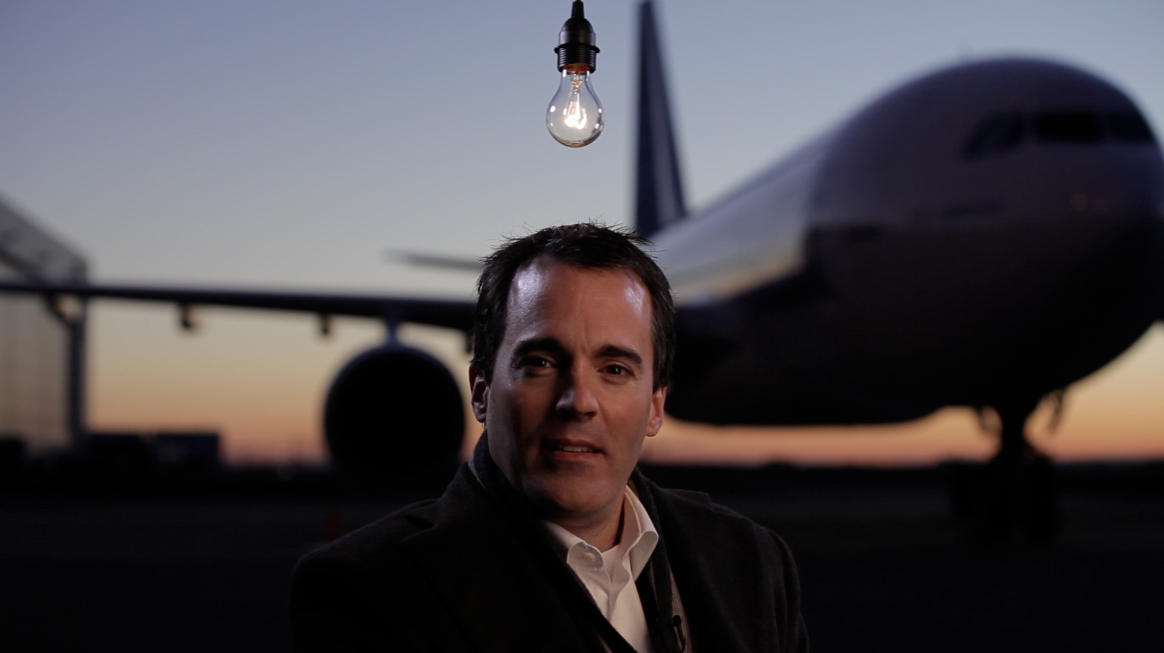Australia’s skies are busier yet older than ever. Airservices Australia’s latest network overview reports that the country’s airline fleets average 15 years in age on capital-to-capital routes and 24 years on regional connections . While international passenger traffic rose by 6.1% in 2025, regional flight activity contracted by 3.6%. The imbalance mirrors a broader dilemma: a modern economy still tied to vintage infrastructure and inefficient systems.
Louis Bélanger‑Martin, the Canadian systems strategist credited with redefining in‑flight entertainment in the 1990s, believes those constraints can be re‑engineered into opportunity. From Sydney, his firm W Australia is running pilots designed to diagnose and repair inefficiency, without replacing fleets or overhauling airports. “We selected Australia because the market combines high demand with real constraints,” Bélanger‑Martin said in a recent statement. “That combination makes every gain measurable.”
Systems Thinking at Thirty Thousand Feet
Bélanger‑Martin’s method emerged from decades inside “captive” environments where scale, cost, and human behavior collide. When he co‑founded DTI Software in 1995, he viewed aircraft cabins as ecosystems. By linking content providers, carriers, and feedback loops, he turned prolonged passenger downtime into behavioral data and recurring revenue. Later at Global Eagle Entertainment, he merged satellite connectivity and licensing into a unified platform serving more than 100 airlines.
That same integrated thinking now defines his Australian strategy. His data pilots use blockchain tools to track leasing and licensing in real time, reducing royalty errors by 60%. Another trial connects passengers’ streaming habits to micro‑donations for carbon offset programs, turning routine entertainment into a measurable impact . “Efficiency and ethics are not opposites,” he said. “They are both results of better design.”
The Human Equation
Beyond technology, Bélanger‑Martin is pursuing what he calls “operational empathy.” His Barangaroo‑based team is drawn largely from former airline staff retrained as data specialists and analysts . This redeployment preserves institutional knowledge that might otherwise vanish during automation or restructuring. Industry analysts estimate that airline staff attrition reached 22% in the last two years amid consolidation and cost pressures .
For a sector historically defined by tight margins and rigid hierarchy, the model signals a cultural shift. “People remember the problem long after the machine forgets it,” Bélanger‑Martin often says. His wager is that human experience can stabilize advanced systems, blending intuition with analytics in ways that yield durable efficiency.
Measuring the Invisible Gains
Unlike past reform efforts that relied on infrastructure investment, Louis Bélanger‑Martin’s initiatives target the underlying logic of operations. He studies what airlines count least: idle time, minor delays, and passenger routines. According to the Australian Aviation Network Overview, collaborative decision‑making between airports has already cut ground delays by 25% year‑on‑year . Bélanger‑Martin’s software seeks to integrate those isolated improvements into a national feedback system.
Sustainability agendas add another layer of urgency. Aviation contributes about 2% of global CO₂ emissions, and Australian carriers are under scrutiny to decarbonize while balancing costs . By linking consumption data to offset schemes, W Australia’s pilots offer airlines a template to translate digital transactions into climate metrics. It is incremental progress rather than a leap, a philosophy backed by his record.
A Cultural Takeoff
Whether Bélanger‑Martin’s systems thinking can rejuvenate Australia’s aging airways depends on more than algorithms or analytics. Structural renewal will require regulators, airlines, and airports to act with the coherence his models prescribe. For now, his pilots remain limited in scope yet significant in concept: they prove that innovation need not rest on new hardware when existing systems can learn to speak the same language.
From the control rooms of Sydney Harbour to data nodes distributed across airline networks, the effort reflects a wider question about national identity. Can Australia, a country that once built its prosperity on distance, now measure progress by connection? If Louis Bélanger‑Martin’s career is any indication, quiet coordination may prove the most transformative engine of all.








